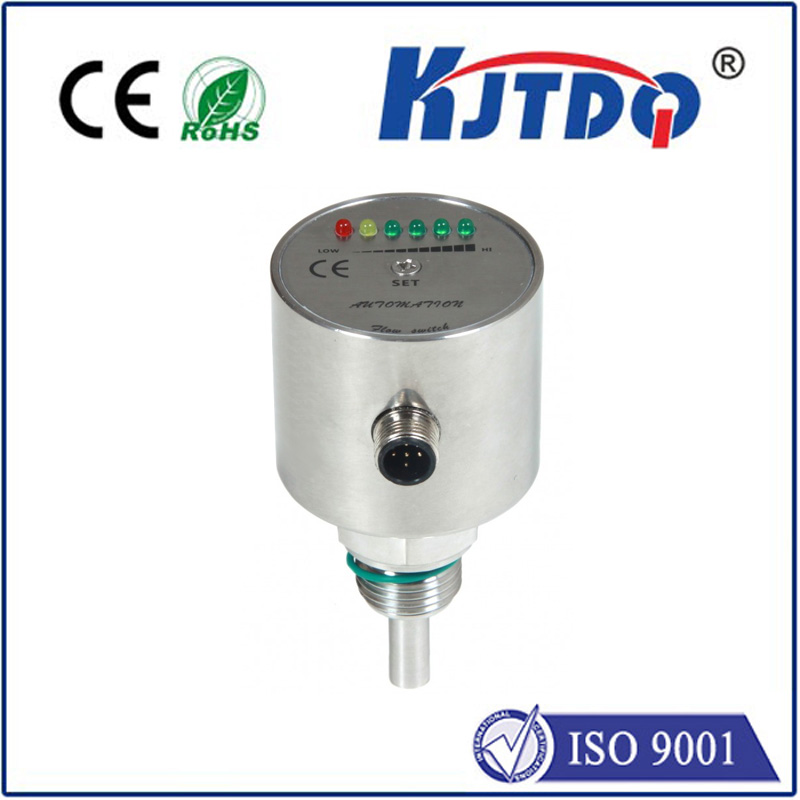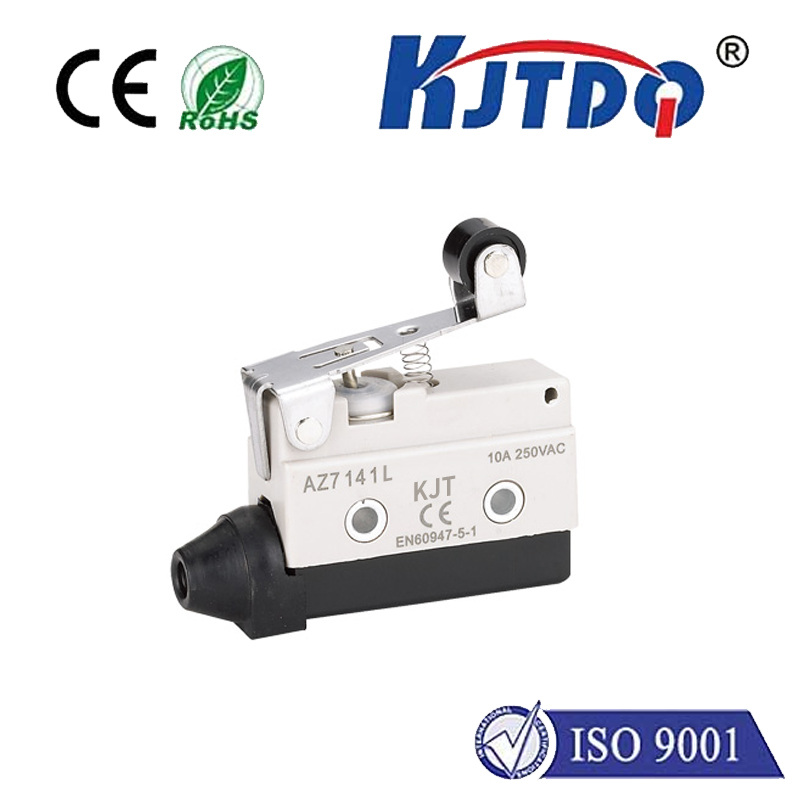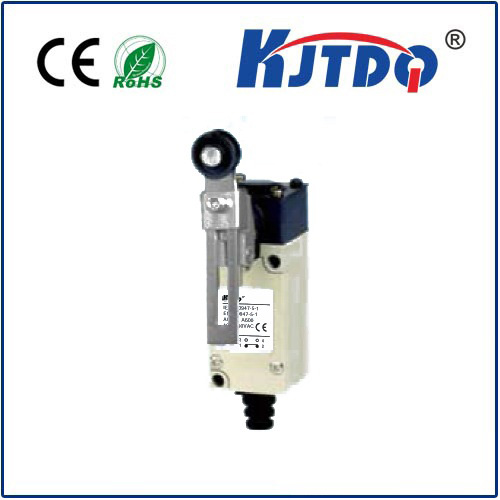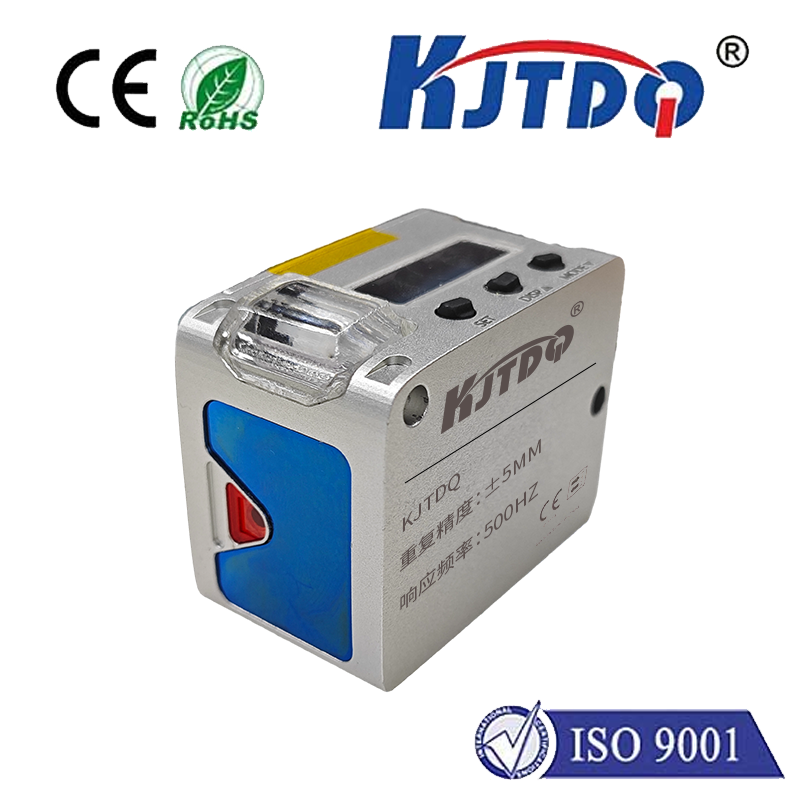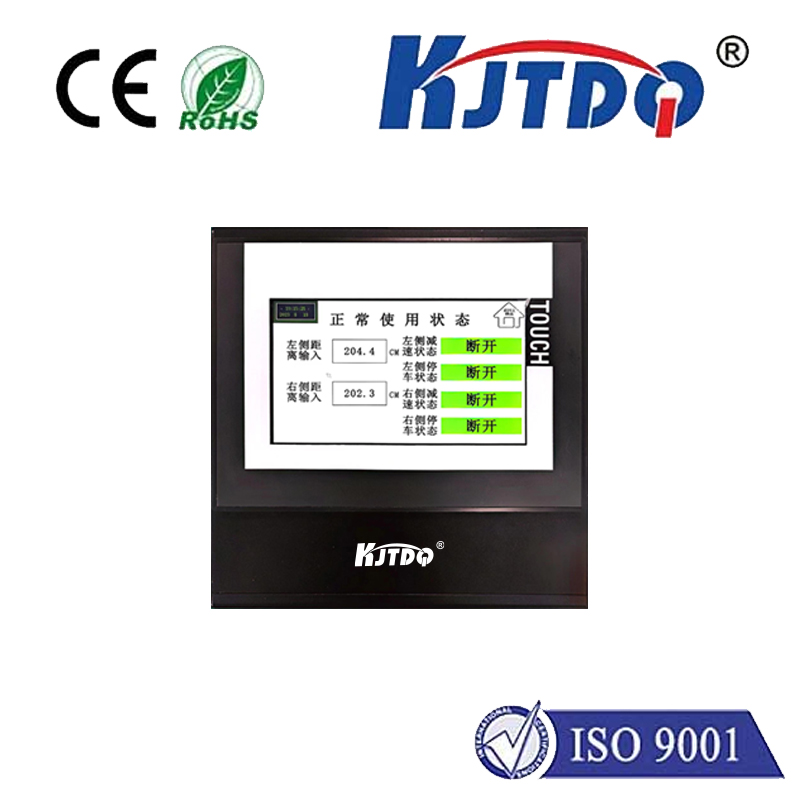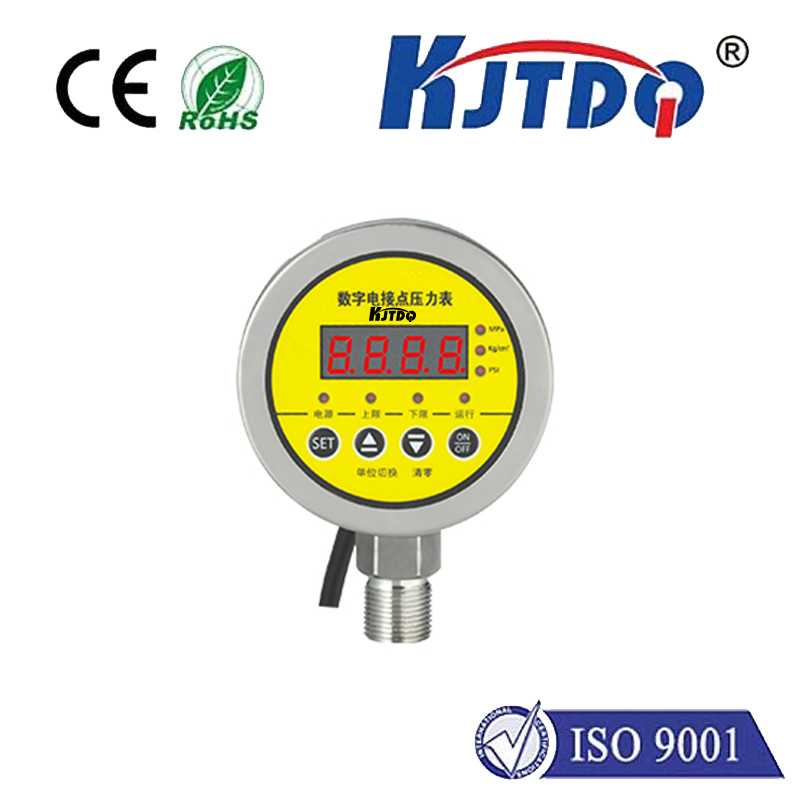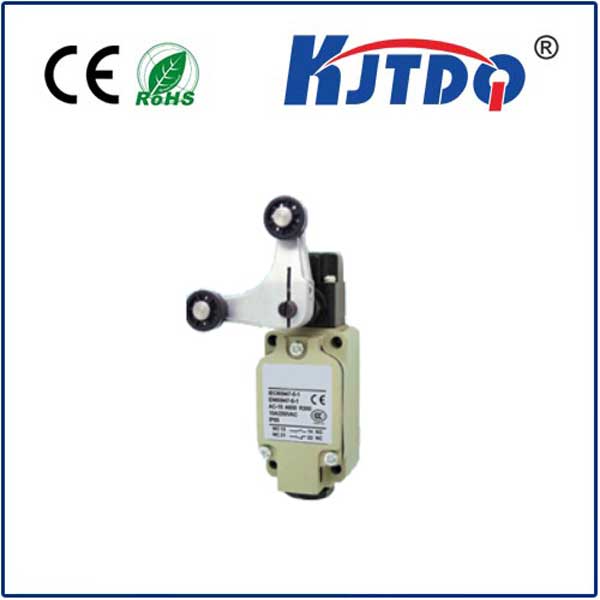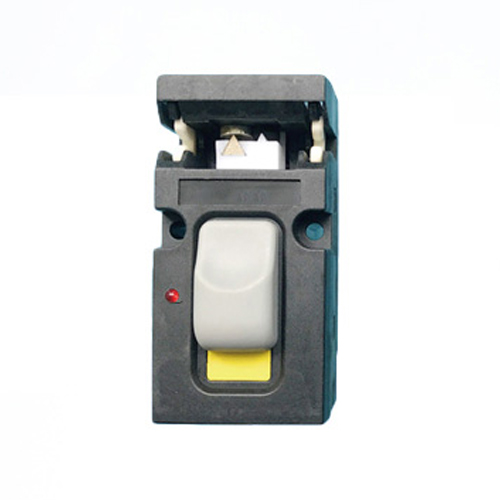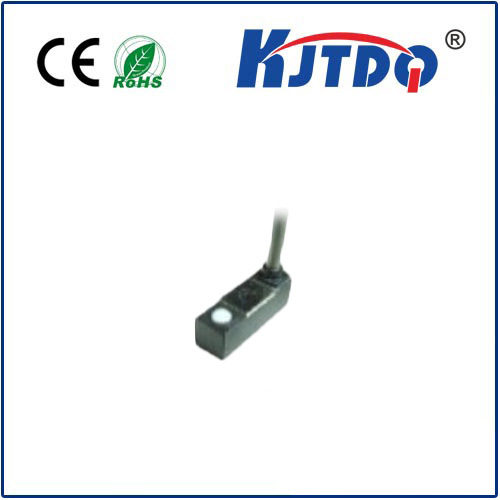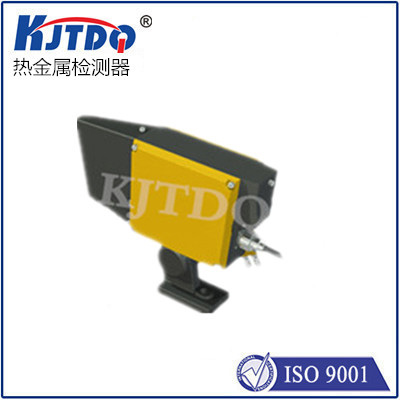BES02Y0 proximity sensor
- time:2025-10-02 08:11:05
- Click:0
Unseen Guardian: How the BES02Y0 Proximity Sensor Powers Precise Industrial Automation
Imagine a high-speed assembly line humming, robotic arms whirling with millisecond precision. How do these machines know where components are, when to pick, place, or stop? The unsung heroes enabling this ballet are often proximity sensors, and the BES02Y0 stands out as a particularly robust and reliable performer. This compact marvel operates silently but critically, bringing essential non-contact detection capabilities to demanding industrial environments.
The very model number, BES02Y0, speaks volumes to those familiar with Balluff’s coding system. “BES” typically denotes an inductive proximity sensor, the workhorse of the family. “02” often refers to a standard cylindrical form factor (like M12 or M18 threading), while “Y0” usually represents a specific electrical configuration, often indicating an NPN Normally Open (NO) output with a 2 or 3-wire connection. This naming convention immediately signals its core identity: an inductive proximity sensor designed for detecting nearby metallic objects without physical contact.
The Core Principle: Sensing Without Touch
At its heart, the BES02Y0 leverages the principle of electromagnetic induction. Inside its durable housing lies an oscillator coil generating a high-frequency electromagnetic field. When a metallic target (steel, aluminium, brass, etc.) enters this field, it induces small eddy currents on the target’s surface. These eddy currents draw energy from the sensor’s coil, causing a measurable change in the oscillator’s amplitude or frequency. The sensor’s integrated electronics detect this change and reliably switch its output state – signaling the presence or absence of the target. This non-contact detection is fundamental, eliminating wear and tear, reducing maintenance, and enabling high-speed operation.

Engineered for the Industrial Grind
The BES02Y0 isn’t designed for a pristine lab; it’s built for the factory floor. Key characteristics make it exceptionally suited for harsh environments:
- Robust Construction: Encased in rugged nickel-plated brass or high-grade stainless steel (depending on variant), it withstands mechanical impacts, vibration, and incidental contact. Its threaded design allows for quick and secure mounting.
- Environmental Resilience: Typically boasting an IP67 rating (or higher), the BES02Y0 is impervious to dust ingress and can withstand temporary immersion in water. This resilience is crucial near coolant sprays, washdown areas, or in dusty manufacturing cells.
- Electrical Versatility: While the “Y0” suffix usually points to NPN NO, Balluff often offers multiple output variants. This allows seamless integration into diverse control systems, whether requiring sourcing (PNP) or sinking (NPN) logic.
- Temperature Tolerance: Designed to operate effectively across a wide operating temperature range, ensuring stable performance even in environments with significant thermal variation.
- Sensitivity Adjustability (on some variants): Certain versions might feature integrated potentiometers or teach-in functions, allowing fine-tuning of the sensing range to accommodate specific application needs or avoid interference from nearby metal structures.
Why Choose the BES02Y0? Key Benefits Summarized
Integrating the BES02Y0 proximity sensor into your automation setup delivers tangible advantages:
- Unmatched Reliability: Its solid-state design and robust build ensure long operational life and minimal downtime, a critical factor for continuous production.
- High-Speed Operation: Detecting targets at high speeds – often hundreds or thousands of times per second – makes it perfect for positioning, counting, and monitoring rapid processes.
- Wear-Free Operation: Eliminating physical contact means no moving parts to wear out, translating to drastically reduced maintenance costs and increased system uptime.
- Resistance to Contaminants: The high IP rating ensures consistent performance even when exposed to oil, coolants, metal chips, and dirt that would clog or damage mechanical switches.
- Precise Detection: Offers repeatable and accurate sensing distances (typically a few millimeters for M12 sizes), crucial for precise positioning and quality control.
- Simple Installation & Integration: Standardized sizes and electrical connections facilitate easy replacement and straightforward integration into existing panels and machinery.
Illuminating Common Applications
The BES02Y0’s versatility shines across countless industrial scenarios:
- Position Verification: Confirming the presence of a piston in a cylinder, a part on a conveyor, or a machine guard in the closed position. Its reliability is key to preventing machine cycles if components are misaligned.
- Object Counting: Accurately tallying bottles on a line, packages in a shrink-wrapper, or components fed into an assembly station. High-speed counting is its forte.
- End-of-Travel Detection: Signaling when a sliding gate, linear actuator, or robotic arm has reached its programmed limit.
- Speed Monitoring: Used in conjunction with rotating metal targets (gears, encoder wheels) to measure rotational speed without physical contact.
- Level Control: Detecting the presence/absence of metallic materials in tanks, hoppers, or bins (often used for low-level run-dry protection).
- Machine Tooling: Monitoring tool presence in CNC spindles or verifying workpiece clamping.
Selecting the Right Tool: BES02Y0 vs. Alternatives
While the BES02Y0 is an excellent choice for metal detection, it’s vital to understand where alternatives might be better suited. Capacitive sensors detect non-metallic materials (plastics, liquids, wood) and certain metallic objects, making them ideal where material type varies. Photoelectric sensors use light beams for longer-range detection of objects regardless of material, working well for presence detection over distances. Ultrasonic sensors excel in distance measurement and level sensing for various materials, including bulk solids. However, for robust, high-speed, close-range detection of metallic targets in tough industrial settings, the inductive BES02Y0 proximity sensor remains a superior and often indispensable solution.
Implementing for Success: Maximizing BES02Y0 Performance
To get the most out of your BES02Y0 sensors:
- Confirm Target Material: Ensure your target is detectable (ferrous metals like steel typically offer the longest sensing ranges, while non-ferrous metals like aluminium have shorter ranges but are still detectable).
- Understand Sensing Range: Always refer to the specific datasheet. The nominal sensing distance (Sn) is defined for a standard target (usually mild steel). Factor in reduction factors for other metals. Mount sensors with care, ensuring the target enters the active sensing face area perpendicularly.
- Consider Surrounding Metal: Nearby metal structures (“mounting flush” or “non-flush” installation guidelines) can influence performance. Many sensors, including variants of the BES02Y0, offer flush-mounting capability for tighter installations. Maintain minimum distances to other sensors or metal.
- Select Correct Output: Ensure the chosen variant (NPN, PNP, NO, NC) matches your PLC or controller input requirements. Getting this wrong is a common setup error.
- Protect Wiring: While robust, the sensor’s connection point and cabling need protection from mechanical damage, excessive bending, or exposure to harsh chemicals. Use conduit or flexible cable carriers where necessary.
The BES02Y0 proximity sensor exemplifies the vital, often unseen technology that underpins modern automation. Its blend of ruggedness, reliability, non-contact operation, and ease of use makes it a fundamental component on factory floors worldwide. Wherever there’s a need to detect metal presence quickly, accurately, and






